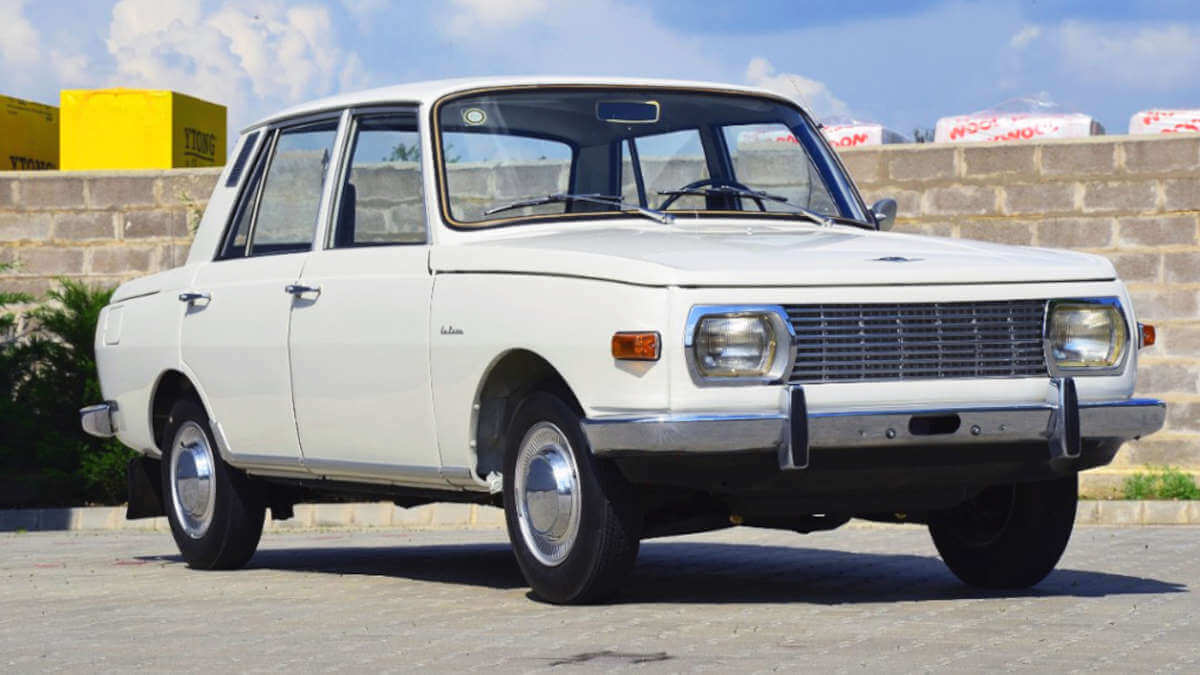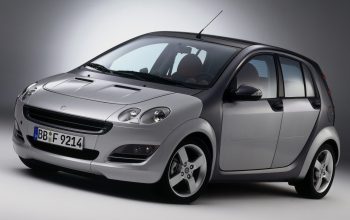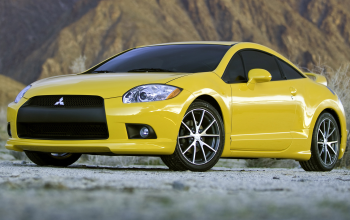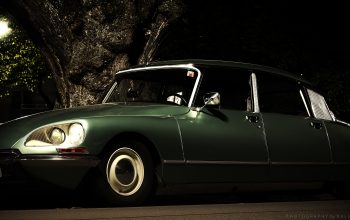Another car brand from German Democratic Republic.
Most people know about the Trabant, the car that was made in the communist East-Germany or German Democratic Republic (GDR for short). But back then the country was capable to build more vehicles like trucks, bikes, mopeds, cars more or less known than the Trabant such as IFA, Barkas, Robur, Multikar and others. This article is about the car manufacturer named Wartburg, made in the town of Eisenach.

The first Wartburgs were the 311 series also named Wartburg 1000. Being manufactured from 1956 to 1962 the Wartburg 311 lineup contained the following body styles: Limousine (sedan), Turist (3 or 5 door estate), Camping (estate with bigger rear windows), pick-up, roadster and coupe, with standard and deluxe variants. The cars were powered by a 0.9L two-stroke inline 3 cylinder making 36HP (27kw), 81Nm and a top speed of 116 km/h.
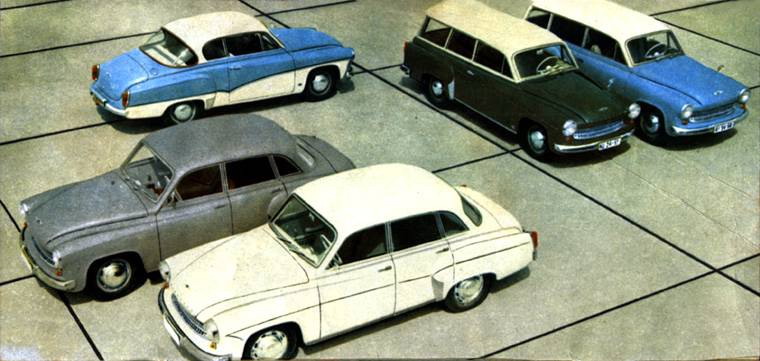
An interesting detail is that the east german engineers place the radiator behind the engine. The separate chassis they have consists the frame rails running under the passenger compartment’s floor. This thing made adaptation of the car easier to the different body shapes. It also had transverse leaf spring suspension. Despite that, the rest of Europe was in a standardization of the self-supporting chassis and Wartburg’s separate chasis was looking outdated. Transmission was 3 speed manual untill 1957, then in 1958 the 311 was equipped with a 4 speed manual transmission.
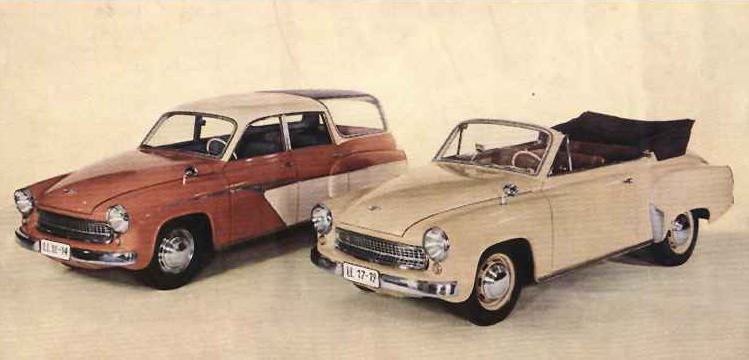
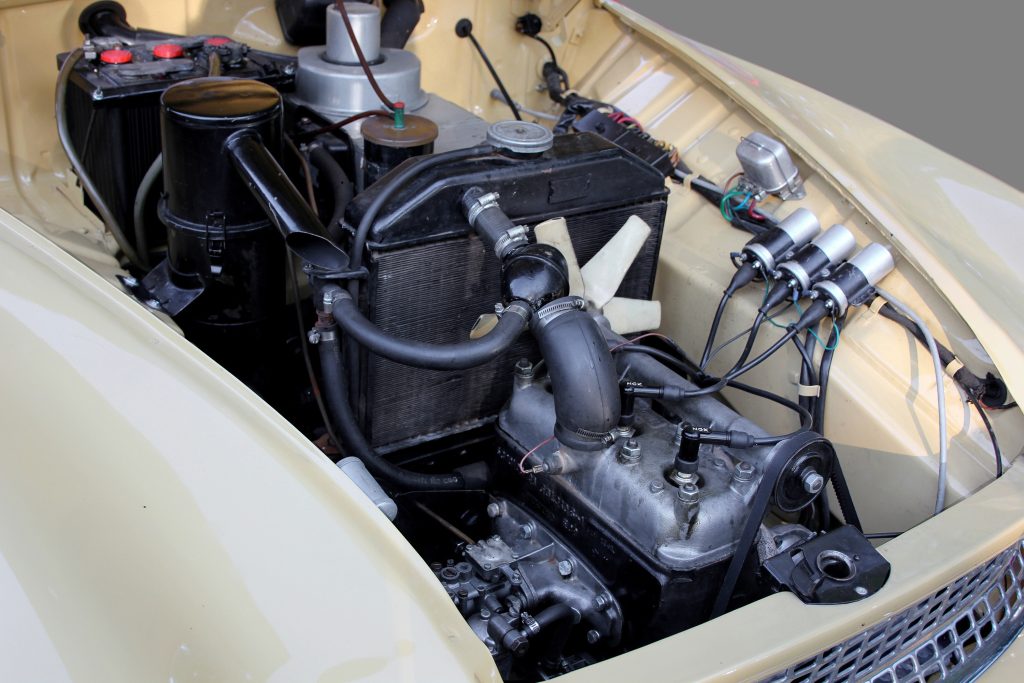
As for the Wartburg 312 there’s nothing much to say that it’s an improved version of the 311 made bewteen 1962 and 1965. It got a little bigger engine. 1.0L two-stroke inline 3, 45 HP (33kw), 96 Nm torque, that could reach a maximum speed of 130 km/h.
Wartburg didn’t only make the 311 and 312 series. The factory also made the 313 sport from 1957 to 1960. Outside looks like the 311/312 coupe but with a longer front end and the interior more to the back. Under its bonnet was the same 0.9L three cylinder engine, but improved by making 50 HP (37kw), 90 Nm of torque and a top speed of 140 km/h. The 313 sport models were rare as they were made in a small number of 469 units.
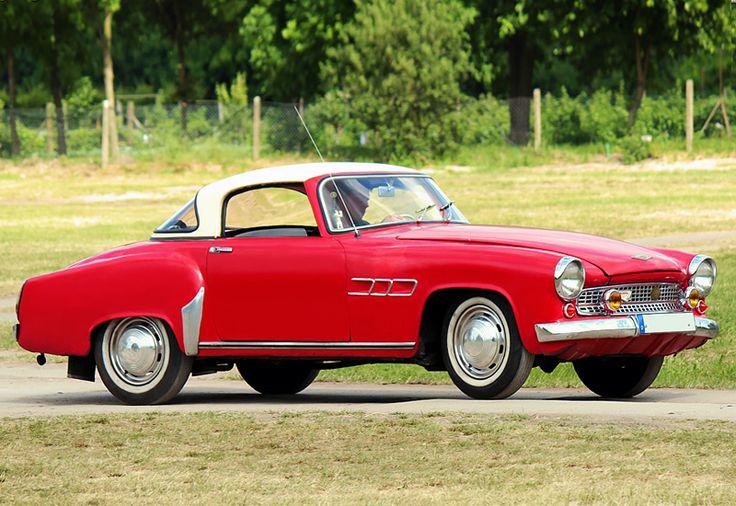
After the end of production of the 312, in 1966 the factory of Eisenach indroduced the Wartburg 353 models and even these series were also called Wartburg 1000 just as the previous series or Wartburg Knight for export market. The exterior boxy body was modern and new for that era with chrome details at the begining then replaced with the black plastic. Despite it’s predecessor, on the lineup only 3 body designs were available: Limousine (sedan), Tourist (estate or kombi) and Trans (pick-up), with the same variants standard and deluxe.
The cars were powered by the same 1.0L engine developing 45 HP, but from 1969 the engines got adjusted and produced 50 HP and 98 Nm reaching 150 km/h. From 1975 the cars got badged as Wartburg 353W which stands for Weiterentwicklung meaning advancement or further development. 353W got improvements such as the radiator that was behind the engine placed in front of it and behind the grille like any other cars. For this it was necessary to redesign the front facelift now having a grille with the same color as the car and square headlights. Another improvement was the front disc brakes meaning that all the wheels had drum brakes before. The 353 has ended in 1988.
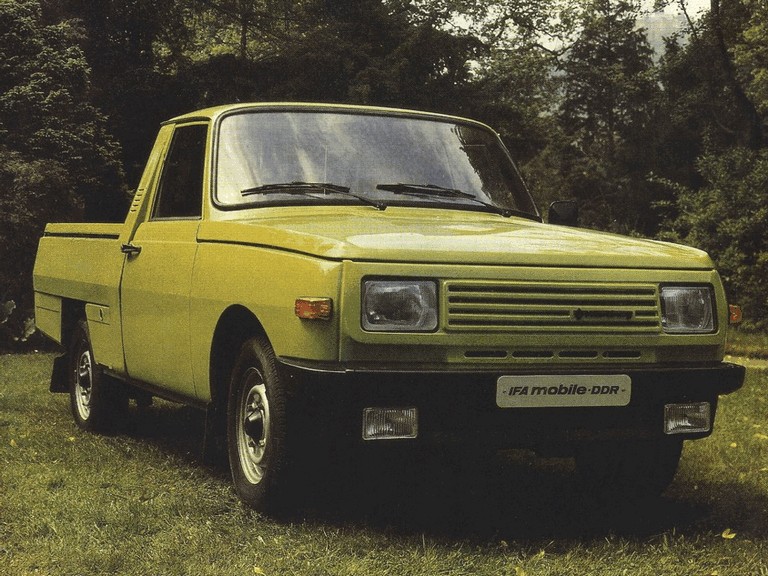
Same year of 1988 Wartburg 1.3 has launched. At the exterior was the same 353 outdated body but with significant changes for a fresh look in the front facelift, bigger taillights, new front and rear bumpers. Under the hood the old engine has been replaced with a licensed four-stroke Volkswagen 1.3L engine that can be found on the second generation of VW Polo. The power it’s 57 or 58 HP (43kw), a torque between 96 and 102 Nm and official top speed of 170 km/h.

Irmscher, a german company specialized on tuning created and developed the Wartburg 1.3 New Line. They made Wartburg look more modern and sporty and mounted 14 inch alloy rims. Despite that, Wartburg 1.3 production only lasted 4 years.
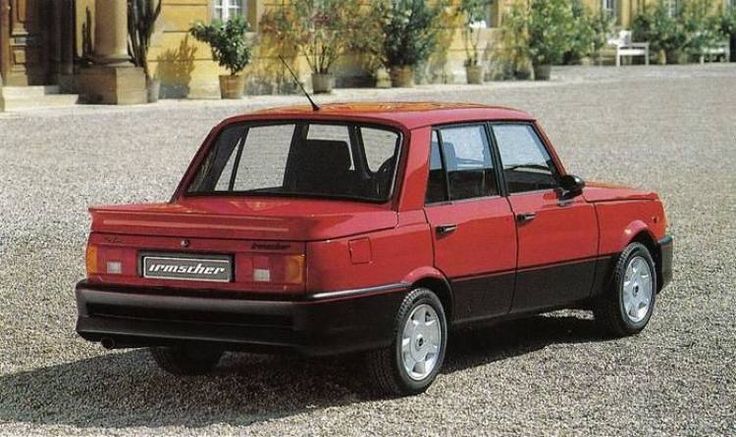
Due problems of efficiency, reunification of Germany and the reason that could not compete with the West-German manufacturers, Wartburg ended the production in 1991 and the factory was bought by Opel where they began the production of the Opel Vectra.
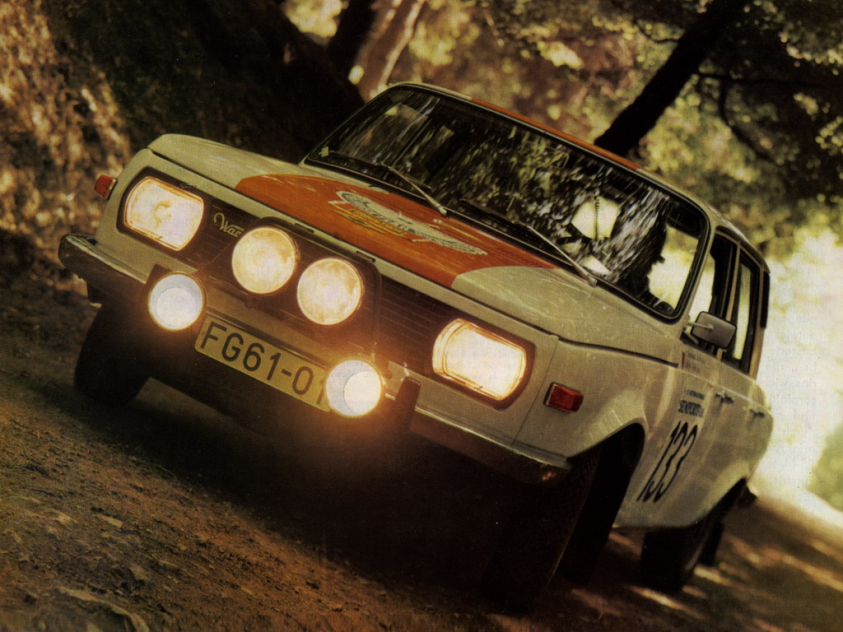
But Wartburg managed to create more than this. From the civilian models, Eisenach made special vehicles for the police and ambulances. Alongside that, East-germans wanted to show the performance abilities of the Wartburg by making special rally cars. The 353WR has a developed 1118cc engine with 100HP and 127Nm. Another rally car was 353 W460 with 1147cc engine, squeezing 110HP and 142Nm torque.
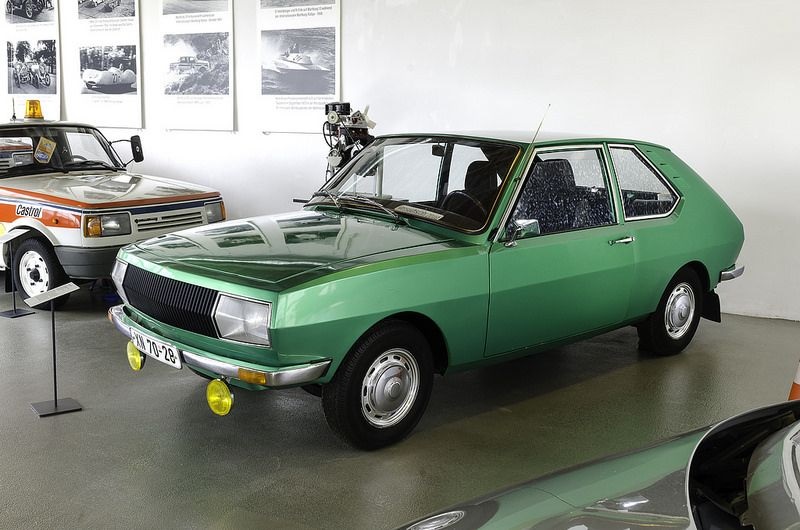
In the history of this manufacture, there also exists special vehicles and and prototypes. One of the prototypes is the 355 Coupe just like this one from the image above. It actually looks more to hatchback instead of a coupe and motorized by a Renault engine. Only 5 examples has been made from 1968 to 1973. Another prototype it’s a Wartburg 353 Duo, a rally car with 2 engines on it: one in the front and one in the trunk.
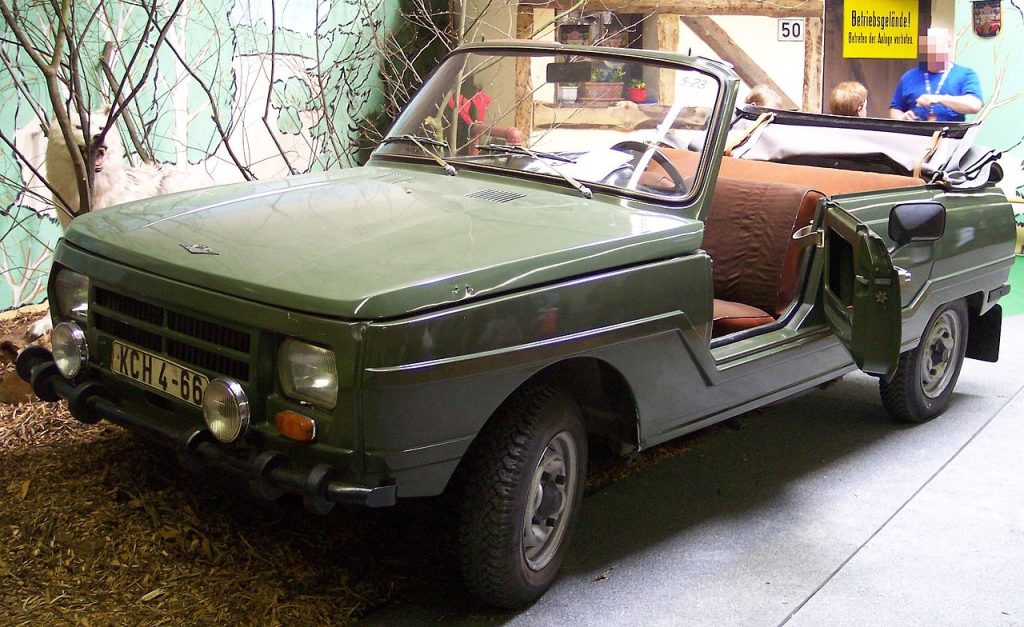

And from the list of the special vehicles we can mention the Wartburg Rally-Trans. As the name mentions, these were designated to transport the rally cars of the racing teams they got. And another one it’s Wartburg 400 Kubel, a military version of the people’s 353.


